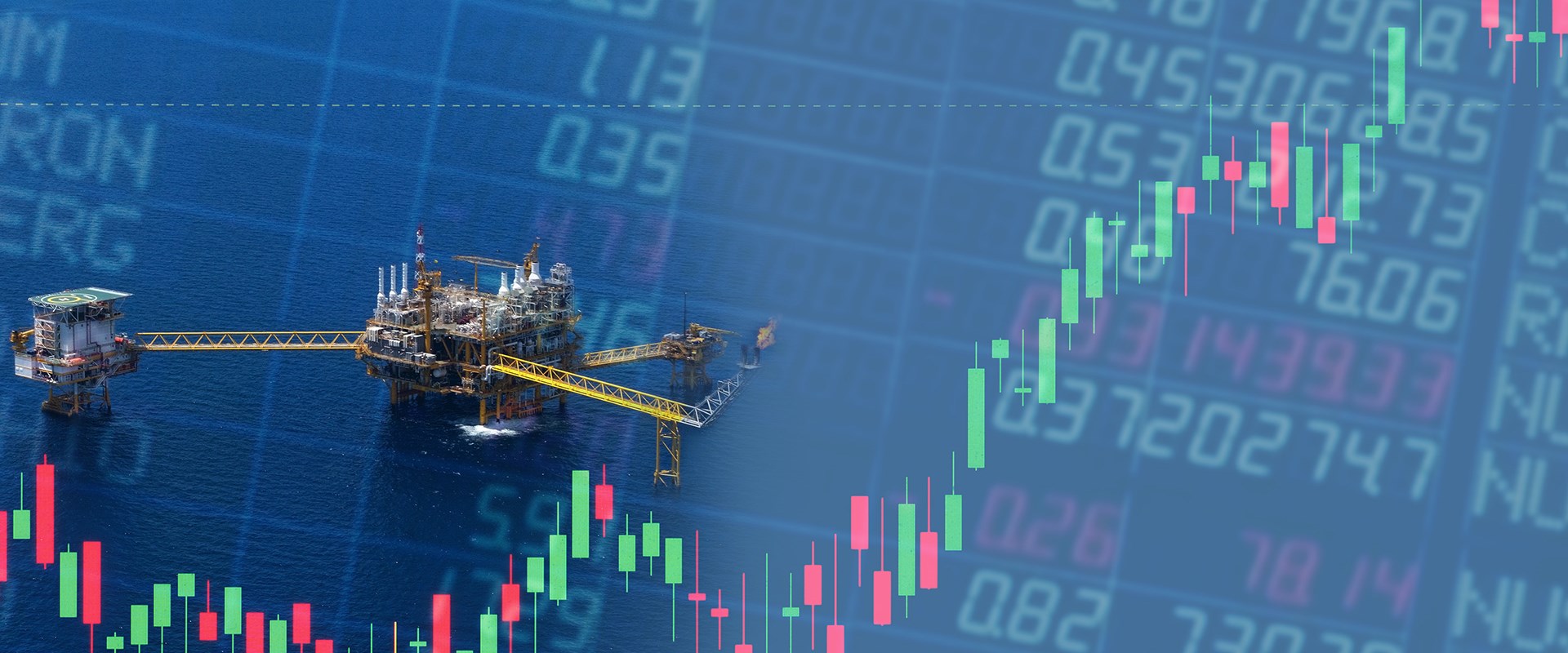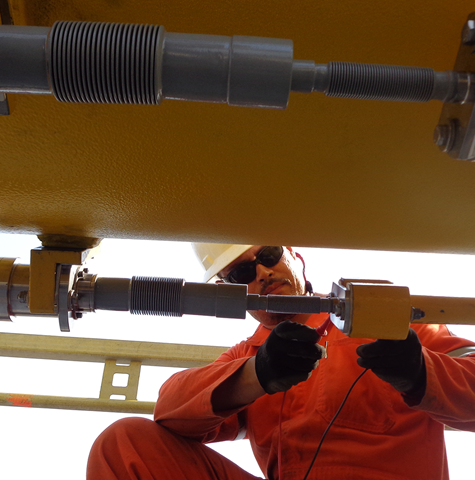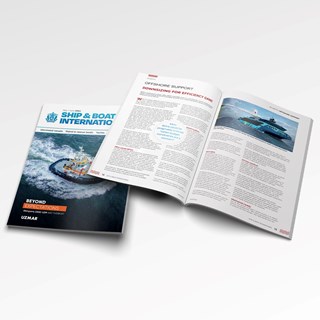
What is the future of offshore asset monitoring?
Data collection technology and cloud computing advances will continue to build more robust models that help extend the lifespan of assets and shape design improvements.
10 May 2021
We have been providing monitoring solutions to our customers in the Gulf of Mexico since 2005. Over that period, we have continued to invest in our technology, deliver innovation and improve the quality of our market offering.
In the last ten years, we have improved the underlying hardware by integrating more advanced components in our data collection products and introducing digital solutions.
BMT DEEP enables asset managers to have confidence in their data, as powerful cloud computing can run sophisticated algorithms to validate raw data, allowing them to identify real insights from the trillions of data points collected and processed. It is fair to say asset monitoring has made many advances over the last few years, but what is next?

Affordable monitoring for all
We have been working with offshore operators for over thirty years and has seen the tremendous change in the industry, the challenges clients face, and the opportunities technology has in meeting those challenges. We explain how component level improvement is opening access to more companies.
When we first launched our monitoring systems, they delivered incredible value to operators with valuable assets operating in deep water. However, they were not always an affordable option for smaller nearshore facilities. We have continued to innovate; looking at the data we have collected from various assets, we have been able to reconfigure our monitoring systems to hit a lower price point for those nearshore operators.
At the same time, the offshore energy production industry has faced increased competition with a fall in energy prices. Oil prices in real terms are 60% less than ten years ago, with the recovery in demand to pre-COVID levels. Also, the cost of wind production has decreased by 30%¹ in the same period. This pressure is only set to continue over the next ten years as the cost of ownership increases and margins are eroded through innovation. It has become more important than ever before to maximize the value from assets, extending the lifespan of facilities. The only way to do that safely is by collecting data.
With more affordable solutions and a greater need to collect data, we see remote monitoring and analysis become embedded and the fundamental norm over the next ten years. Not just in the energy sector but across all sorts of industries that have critical assets or facilities that customers want to protect and sustain.
The bigger picture
Soma Maroju, Head of Data Services, explains how technological advances are joining the dots and closing the loop in helping asset managers better manage their assets.
“We’re very much moving to that space of creating a digital twin, where the data we are collecting will create a virtual representation of an offshore asset. However, with so much hype around the term ‘digital twin’, it is important to note, no one solution can create an end-to-end digital twin of an asset. The concept of a digital twin should be thought of as an ecosystem - where different solutions come together to collect real-time data, update a digital version of the asset, and continually model how it will perform with the new data set in the real world.”
Soma continues,
“Historically, there has been a disconnect between the design, manufacture and use of an asset. There has not been a precise feedback mechanism between lessons learned and implementing changes to improve asset performance, at least not at that whole system level. These historical challenges result from not enough data being collected or data being collected being unorganized, which restricts the ability to uncover insight through analysis. Data collection will become the norm for all industries because of lower costs and greater need to extract the insight to help inform better asset management and improvements in design.”

Noel Tomlinson - Maritime Design
Noel Tomlinson shares with SBI valuable insights on how BMT's innovative solution can help vessel operators overcome challenges and ensure a sustainable future for offshore wind operations.

Asimina Voskaki
While we have invested effort and resources in creating flood-resilient environments, we are far from resilient if we look at the overall climate risk. How can we expand our thinking on climate risk and become more aware of the potential consequences?

Greg Fisk
The United Nations Have Reached Agreement on the Language for a New Treaty on Ocean Biodiversity on the High Seas

Greg Fisk
How should airports protect against climate risk? Greg Fisk discusses issues surrounding climate resilience for airports.